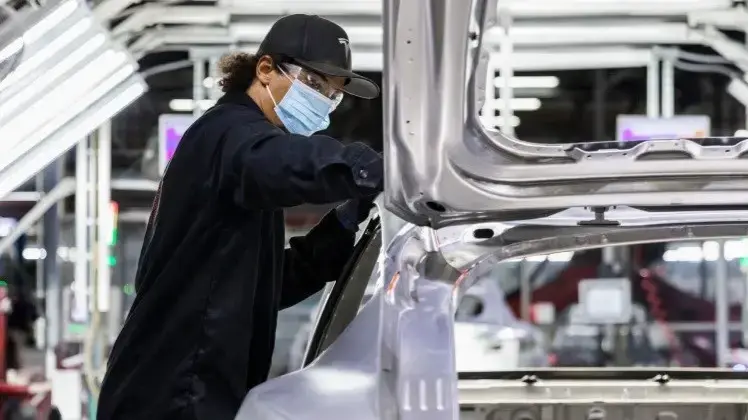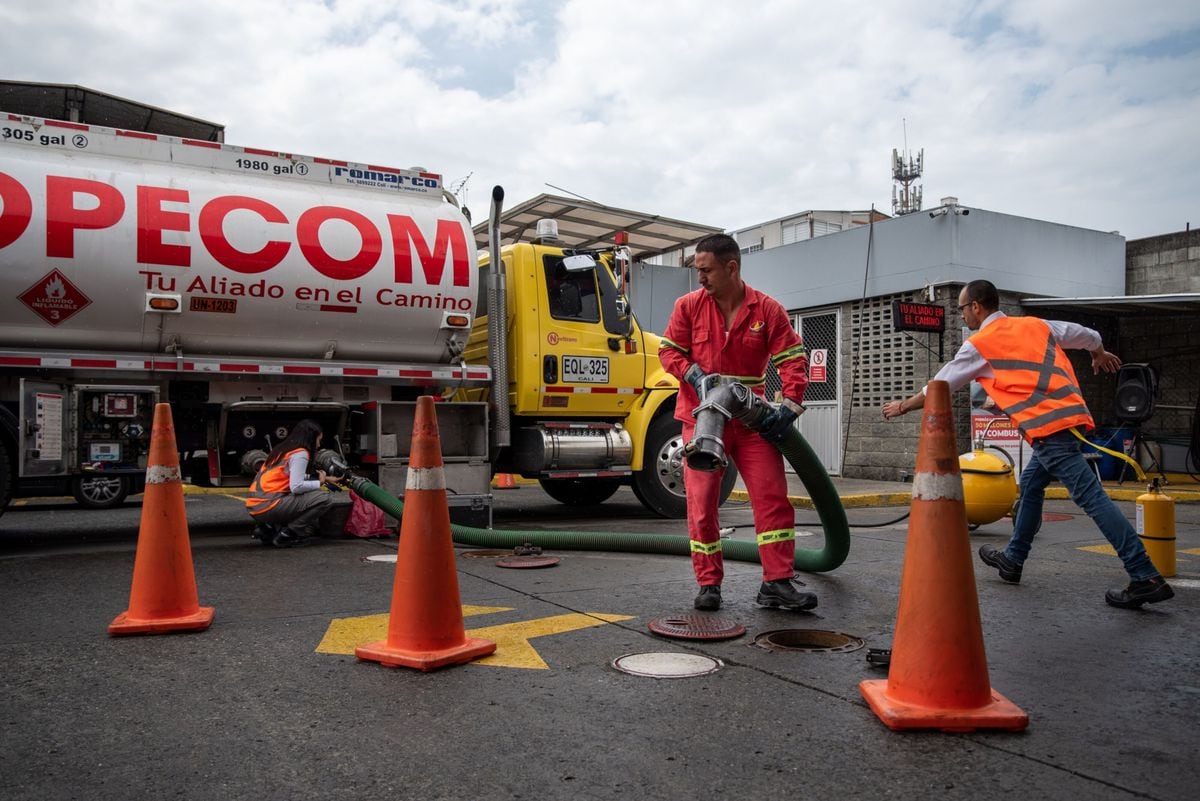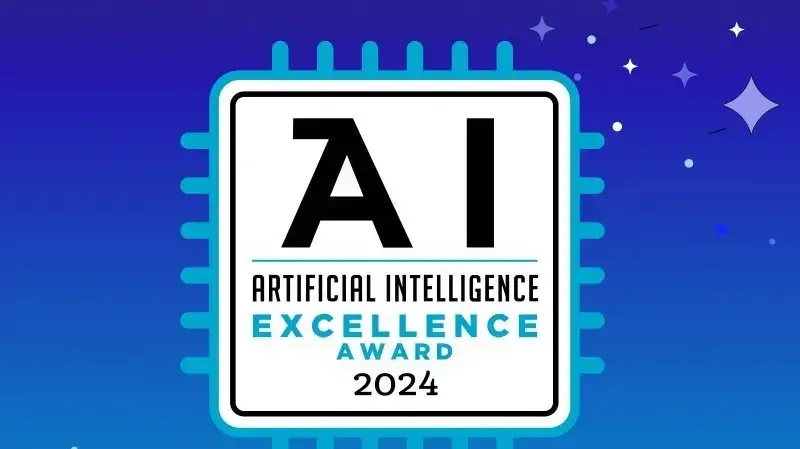The artificial leaf that produces clean and cheap fuel
Researchers have developed a leaf-like facility that produces liquid fuel without greenhouse gas emissions, and can be used to produce fuel for vessels and aviation. Will we see him soon in the auto industry as well?
The artificial leaf that produces clean and cheap fuel
angleThe climatic changes that are taking place in the world today, and those that are expected in the future, are detrimental to and detriment to human well-being and natural systems. The data has been for many years indicating that the main reason for these changes is greenhouse gas emissions, which are mainly (but not limited) to man-made fossil fuel burning.
Fossil fuels include three major materials: coal, oil, and natural gas, and they were created from plant and animal remains that lived on land or at sea millions of years ago. Fossil fuel combustion can be reduced in two ways: the first is the utilization of alternative sources of energy, such as solar, water and wind, which are renewable sources that produce much less pollution, while the second is the more efficient utilization of the energy sources available to us today - which is exactly what Who recently did a group of British researchers.
More in Walla! NEWS More in Walla! NEWSThe industry that rolls $ 70 billion a year will survive climate change?
To the full articleMore in Walla! NEWS
Leumi Partners in Negotiations to Acquire 20% of Fox's Competition Authority Subsidiary Will Not Appeal Mizrahi Merger and Bank Union What Apartment Can You Buy in NIS Million in Central Israel? Obesity Is Not a Matter of Choice - And What to Do About Promoted ContentElaborate light receptors that mimic leaves
Recently, researchers at the University of Cambridge have developed an "artificial leaf" for the production of synthesis gas (Syngas, "Singings"), a mixture of hydrogen gases and carbon monoxide. The term gas synthesis may sound unfamiliar, but every day we consume products created through it, such as fuels, pharmaceuticals, plastics, and fertilizers. The process in which this type of gas is usually produced is called gasification: a process in which a solid material is operated at high pressures at high temperatures to obtain gas that is used to generate energy. The process can be carried out on fossil fuels such as coal and oil, and the product can be used as a source of fuel for transport vehicles and for the operation of gas turbines to generate electricity.
The newly developed "artificial leaf," however, uses only sunlight, carbon dioxide and water, and can eventually be used to produce sustainable liquid fuel. According to the researchers, the inspiration for "leaf" development is the photosynthesis process, a natural process by which plants use sunlight energy to turn carbon dioxide into carbohydrates, with oxygen emission into the atmosphere.
The device works like this: On the leaf are two light-emitting and cobalt catalysts (a common metallic element in nature), which simulate molecules found on real leaves whose job it is to absorb sunlight. When the device is immersed in water, one of the light receptors uses the cobalt catalyst to produce oxygen and hydrogen, and the other receptor produces a chemical reaction that converts the carbon dioxide and water into carbon monoxide and hydrogen, creating the synthetic gas mixture. The "artificial leaf" works in a sustained way thanks to the elaborate light receptors made up of the perovskite mineral (bovine and vanadium oxide) (BiO4V) - very effective in absorbing sunlight, which is used as a solar cell that produces a highly efficient two-phase electric current to generate the - Oxygen to carbon monoxide.
The "Leaf" has other benefits: Although it is powered by sunlight, it still works efficiently in low light that simulates overcast and rainy days, so the use of technology is not limited to hot and sunny states or certain seasons. Also, unlike the industrial processes currently in place for synthesis gas production, as part of the "leaf" process does not release additional amounts of carbon dioxide into the atmosphere. The ability to produce sustainable gas is a critical step in closing the global carbon cycle and developing a sustainable chemical and fuel industry.
More in Walla! NEWS More in Walla! NEWSThe sinking of Venice also has a simple economic cost
To the full articleRefuel gas synthesis
Since Singing is already used as a building block for the production of liquid fuels, the ultimate goal is to shorten the process of producing liquid fuel through the "artificial leaf"Dr. Daniel Medr, a scientist and scientific consultant at SP-Interface, explains: "The study does show a product that is viable, enabling the production of liquid and gas fuels without changing the carbon balance in the atmosphere and without significant greenhouse gas emissions. In addition, the facility created is made of relatively inexpensive and common components. However, it is important to note that the facility is currently adapted to laboratory conditions, and is not currently applicable for industrial use: In order to generate an amount of synthesis gas from the facility from which two liters of liquid fuel can be extracted (allowing about 24-30 km travel in a family vehicle), In an artificial leaf of about 100 square meters for a full day. By comparison, daily electricity generation by a solar panel of similar area (100 square meters) can satisfy all the daily energy requirements of a family residence, recharge the family electric vehicle and possibly even sell excess electricity to the electricity grid. "
According to the researchers, since Singing is already used as a building block for the production of liquid fuels, the ultimate goal is to shorten the process of producing liquid fuel through the "artificial leaf". Today, in order to produce liquid fuel, synthesis gas must first be produced and then converted to liquid fuel. Through the process that takes place in the "leaf," liquid fuel from carbon dioxide and water can be produced directly. In addition, although much progress has been made in the generation of electricity from renewable energy sources, the development of gas synthesis is very essential because today electricity can supply only about 25% of the total global energy requirement. Liquid fuel of this kind can be used as a relatively sustained vessel and aviation, at least as far as its carbon footprint is concerned (since its burning process still produces a certain air pollution).
More in Walla! NEWS More in Walla! NEWSDo corporations think that getting rid of keys is enough? They are wrong
To the full articleThe State of Israel at the forefront of technology, but behind the policy
Madar said, "The device's efficiency needs to be greatly enhanced to make it more commercial and efficient than using solar panels or fossil fuel electricity. Today, electric vehicle technology is much more mature than 'artificial leaf.' Km) are already in commercial use. This is now the leading solution for reducing air pollution in cities and roads, and reducing greenhouse gas emissions from vehicles (assuming that electricity generation is from sources that emit minimal amounts of greenhouse gases). It is important to remember that even if a vehicle uses liquid fuel produced from artificial upholstery, it is still likely to emit air pollution of the same size as a vehicle fueled by fossil fuels. Therefore, there is a global trend in the use of electric vehicles whose emissions of air pollution occur in power plants and not in city centers (and inhalers, without emissions at all due to the use of renewable energy or nuclear energy).
"The State of Israel is also advancing this idea technologically, and changes are expected in the next 10-5 years, but in terms of policy we are not at the forefront of the world," he continues. "Israel is promoting the creation of municipal and national charging infrastructure for electric vehicles - which is excellent. But Israel has been limiting itself for at least the next decade to rely on natural gas as its primary source of energy. Carbon dioxide, but it emits loads of methane which is a much stronger greenhouse gas than carbon dioxide), "Because artificial leaf technology is unlikely to come into commercial use in the next 10-5 years, it is unlikely to be relevant any time soon To the automotive industry. However, today, energy sources are still lacking in commercial production volumes to propel aircraft and vessels that emit little greenhouse gases. Therefore, such 'artificial leaves' are more likely to be relevant for future fuel and aircraft fuels. "
More in Walla! NEWS More in Walla! NEWSIt is the safest investment in the real estate world today
In collaboration with Rilko
To the full articleThe article was prepared by Angle - a news agency for science and the environment









/cloudfront-eu-central-1.images.arcpublishing.com/prisa/IRPSFGXGNBF6XC6ZUTAXRV2FIU.jpg)